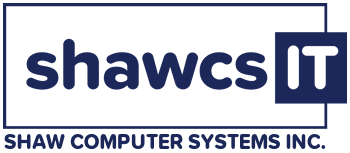Passwords have long been the cornerstone of digital authentication, but they come with a critical flaw: they require users to share a secret with the service they’re logging into. This shared secret model means that every time you log in, your password must be transmitted and stored—creating a vulnerability that has led to some of the most damaging data breaches in history. Passkeys, on the other hand, offer a revolutionary alternative. They rely on Zero Knowledge Authentication (ZKA), allowing users to prove they possess a secret without ever sharing it. This shift eliminates the risk of exposing sensitive credentials to malicious actors.
At the heart of passkeys is public key cryptography. Each passkey is built on a unique pair of digital keys: a public key and a private key. The public key can be shared freely and is used to encrypt messages, while the private key remains securely stored on the user’s device and is used to decrypt or digitally sign messages. This setup ensures that even if someone intercepts the public key, they cannot reverse-engineer the private key or access the user’s data. It’s a system that allows for secure, verifiable communication without ever exposing the user’s secret.
Implementing passkeys involves four key workflows: discovering and engaging with a service’s passkey feature, registering a passkey, authenticating with it, and deleting it when no longer needed. These workflows are supported by two major standards: WebAuthn and CTAP. WebAuthn, developed by the W3C, defines how web-based passwordless authentication works, while CTAP, from the FIDO Alliance, ensures seamless communication between the user’s device (the client) and the authenticator. Together, these standards make passkeys both secure and user-friendly, enabling authentication with just a fingerprint or PIN.
Authenticators come in various forms—platform-based (like those built into operating systems), virtual (like password managers), and hardware-based (like YubiKeys). These tools manage the cryptographic keys and ensure that users can authenticate across devices and services with minimal friction. While the terminology and technology behind passkeys can be complex, their promise is simple: a safer, more intuitive way to log in. As more services adopt this standard, users can look forward to a future where passwords—and the risks they carry—are a thing of the past.
Original article courtesy of ZDNet.com
Enhance Your Business Security with Expert Cybersecurity Solutions. Click here to learn more and download shawcsIT’s free services overview catalogue.

